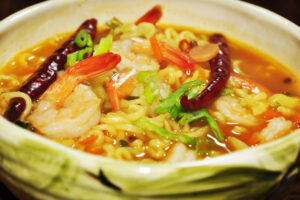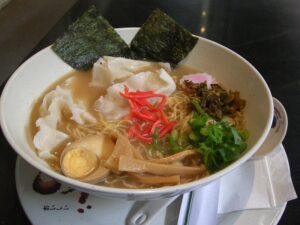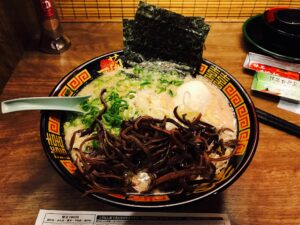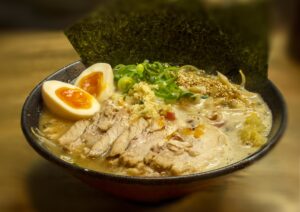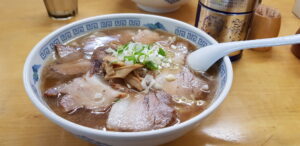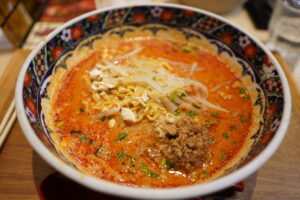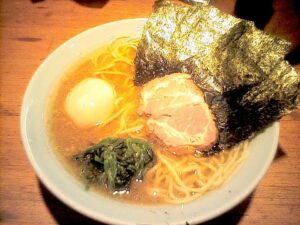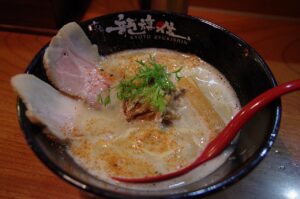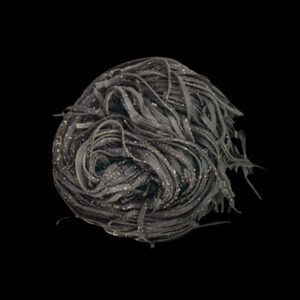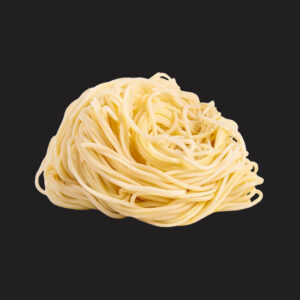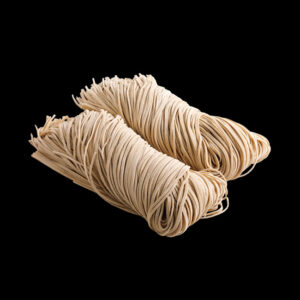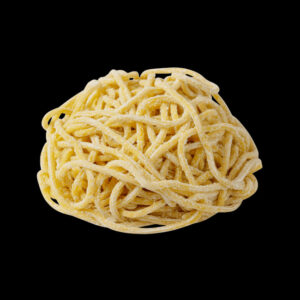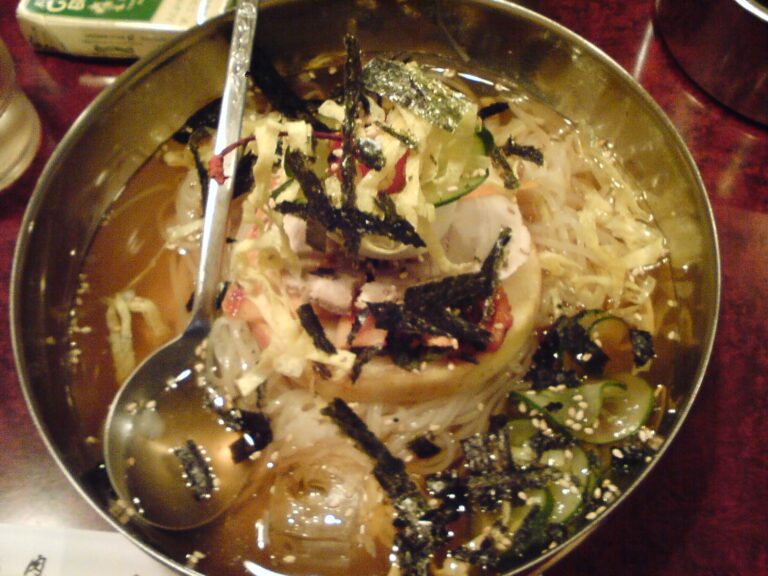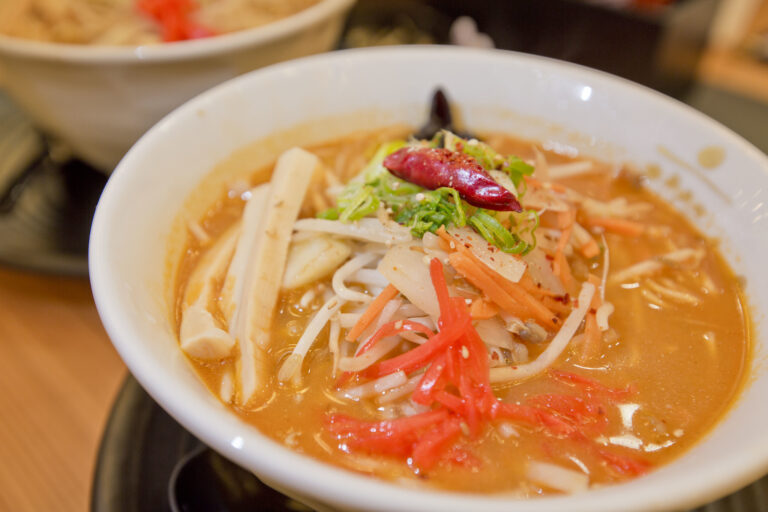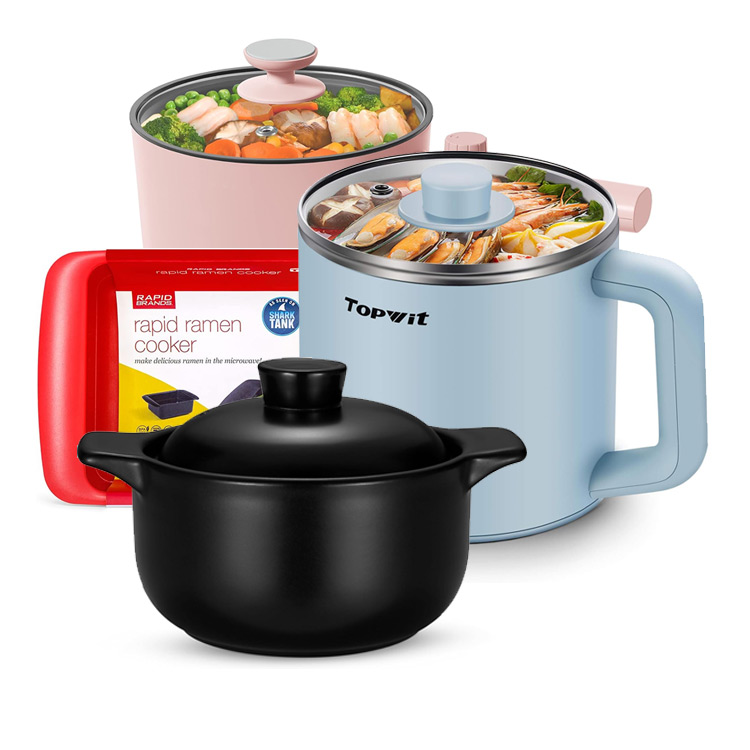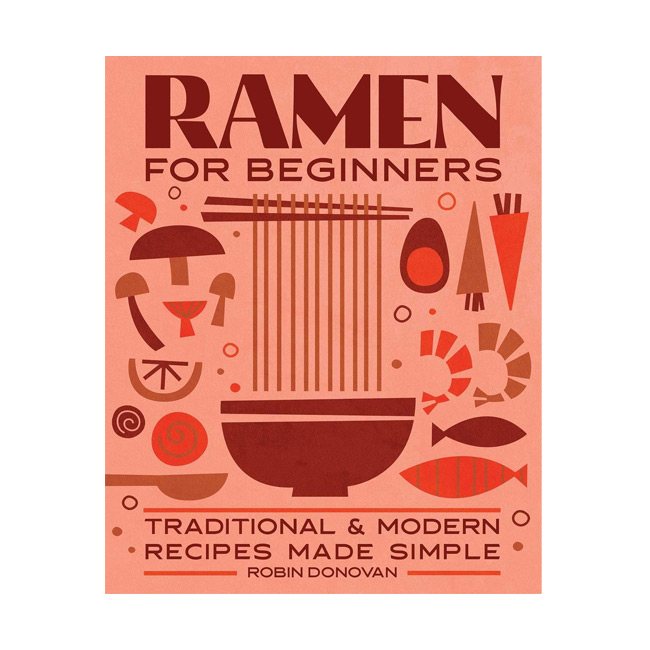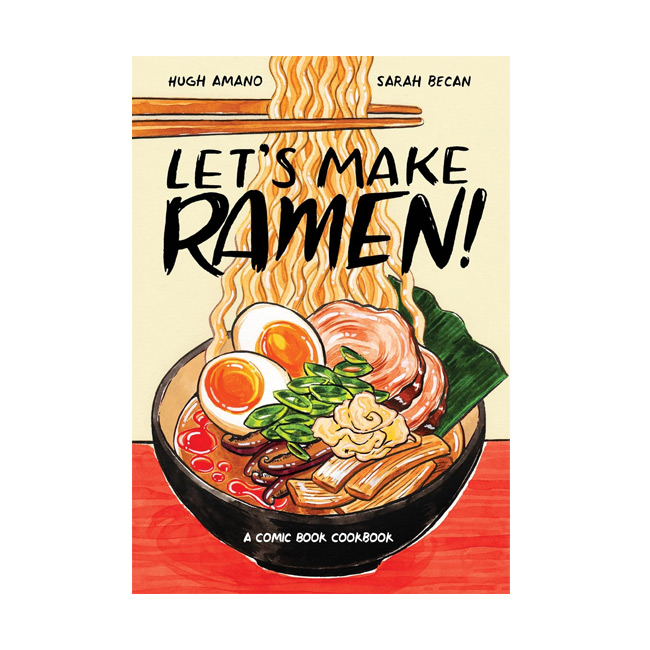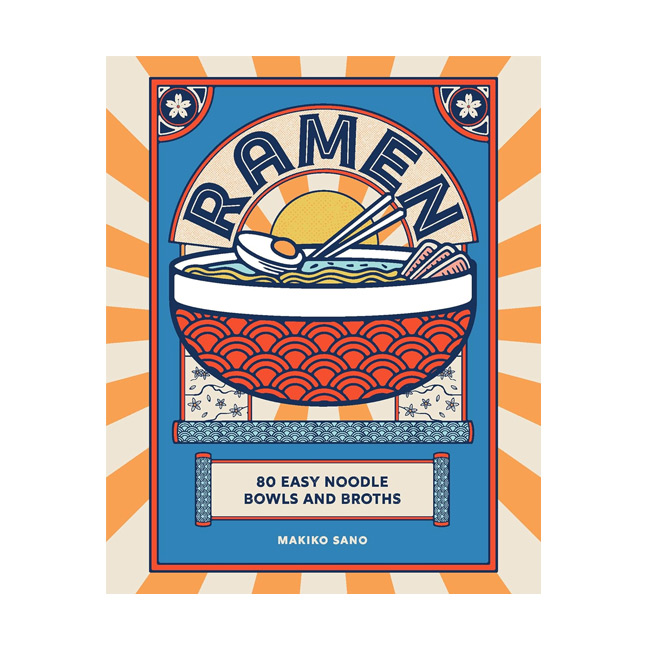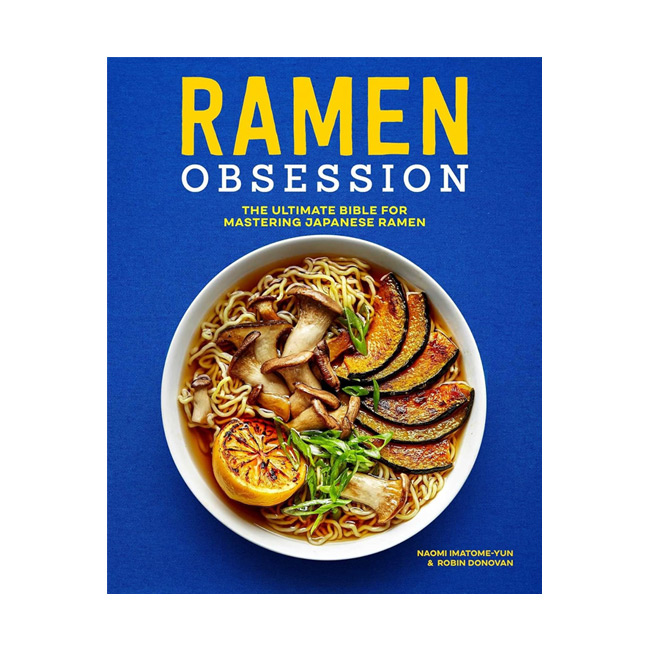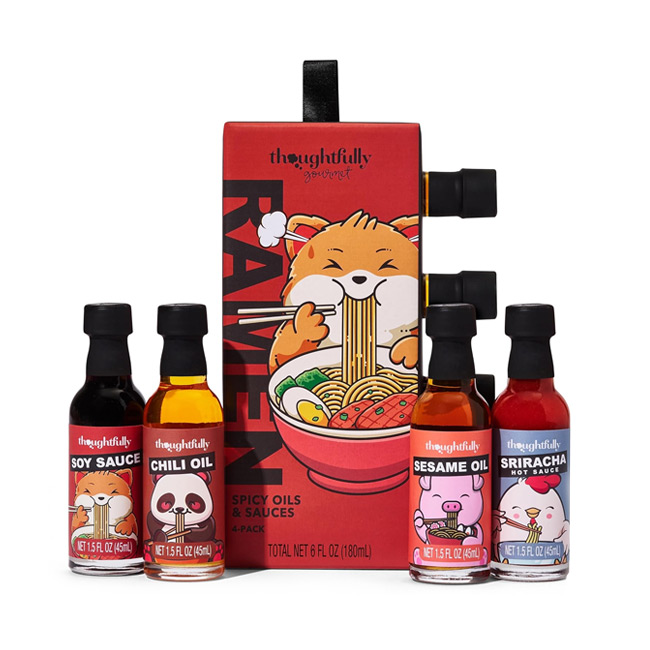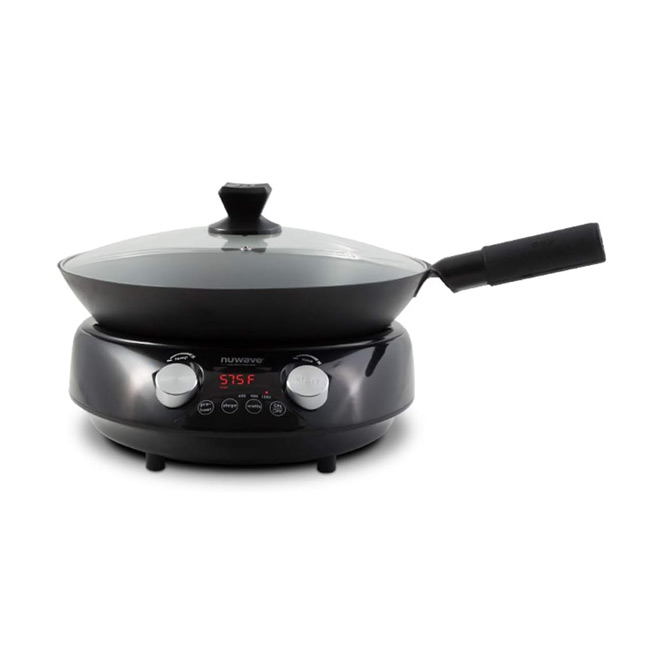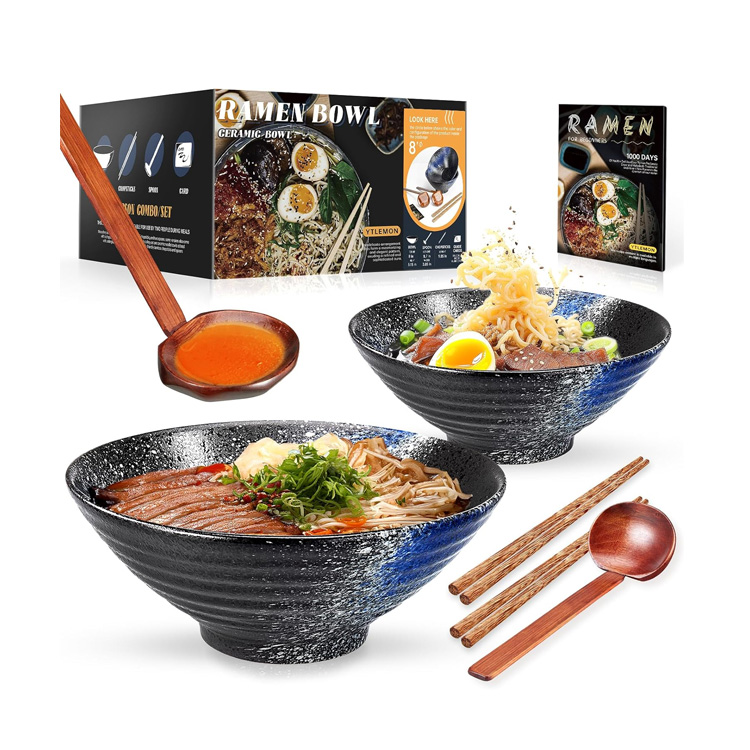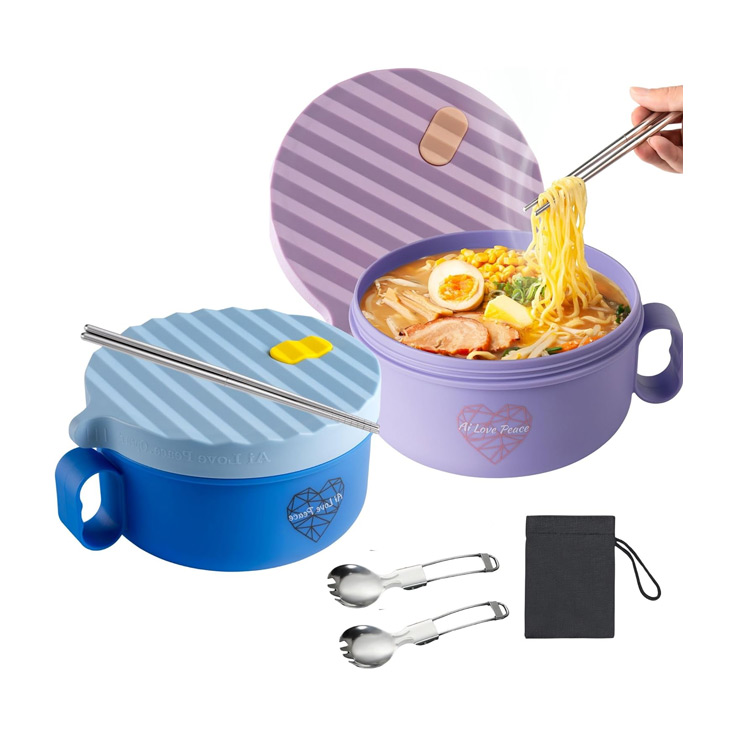If you’re anything like me, ramen isn’t just a meal—it’s a lifestyle! In 2025, the dry ramen scene is still going strong, serving up some of the most exciting and inventive flavors you’ll find anywhere. I’ve tried my fair share of dry ramen brands, and now I’m ranking my favorites so you don’t have to go on a wild taste-test adventure yourself.
What is Dry Ramen?
(And How Does it Compare to Traditional Ramen?)
The main difference, for me, between dry and “wet” (or “real”) ramen has to do with the experience of consuming it. Dry ramen hits you with bold flavor upfront, while broth ramen is all about a cozy, slurpable soup experience.
Dry ramen, often called soupless ramen or abura soba in Japan, is all about noodles without a broth. Instead, the noodles are cooked and served with a thick sauce, oil, or seasoning that packs a punch. Toppings like tempura, vegetables, meat, or eggs are added just like in traditional ramen, but the flavors are more concentrated since there’s no soup to dilute them. Before eating, you usually mix everything together, making each bite rich and flavorful.
In contrast, traditional ramen is served in a savory broth—shoyu, miso, tonkotsu, or other varieties—so the noodles soak up the soup while you eat. Toppings float in the broth, and the flavors are layered and balanced rather than hitting you all at once.
Related Articles
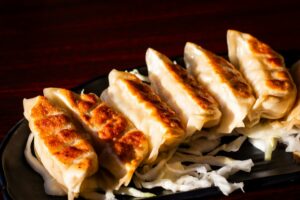
Ramen Side Dishes: Light, Crispy, and Umami-Rich Ideas
Ramen is already a hearty meal, but adding a side dish can make it even more satisfying! Here are some great side dishes that pair well.
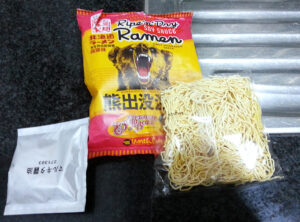
How Long is Ramen Good For After Expiration Date?
Learn where to find the expiration date on ramen noodles and how to tell whether you can still use them for cooking or consuming.
Top Dry Ramen of 2025
To create the list below, I’ve turned to two sources. One is my own experience slurping ramen. But I wanted to make sure I wasn’t being too subjective, so I also drew some experiences from Reddit threads and expert reviews. So, here’s a curated list of the top dry ramen picks for 2025, complete with pros and cons for each.
#1
Indomie Mi Goreng (Indonesia)
Even though Indomie Mi Goreng does not come from Japan (where most of my ramen reviews are from), this brand is still a global favorite. This dry noodle ingredient / recipeis beloved for its sweet-savory flavor profile and versatility. I particularly love mixing it with eggs directly in the pan.
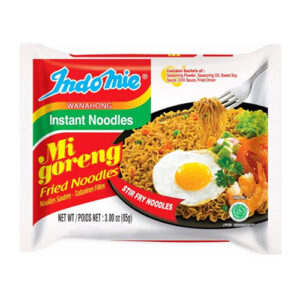
Pros:
- Quick and easy to prepare.
- Customizable with various toppings.
- Affordable and widely available.
Cons:
- Can be greasy if not prepared properly.
- Flavor may be too sweet for some palates.
- Contains MSG, which you may wish to avoid.
Did you know?…
Late-Night Creativity
Many students and young professionals swear by dry ramen as the ultimate late-night snack. Tossed with just a bit of butter, soy sauce, or leftover veggies, it suddenly feels gourmet—even at 2 a.m.
#2
Samyang Buldak Ramen (Korea)
Known for its intense heat and bold flavors, Samyang Buldak dry ramen has gained popularity worldwide. Inspired by a spicy chicken stir-fry dish, the original version boasts a Scoville rating of 4,404 units, making it one of the spiciest instant noodles available.
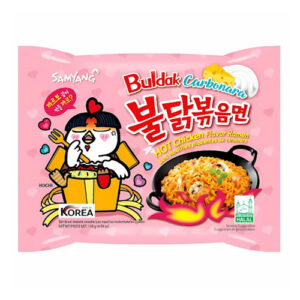
Pros:
- Spicy and flavorful sauce.
- Chewy noodle texture.
- Viral appeal due to the “Fire Noodle Challenge.”
Cons:
- Extremely spicy; not for the faint-hearted.
- High sodium content.
- The sauce can be overwhelming for some.
Did you know?…
Taste Experiments
Reddit threads are full of stories of people mixing dry ramen with cheese, eggs, kimchi, or even leftover pizza. One user proudly called their creation “the ultimate college ramen hack,” proving dry noodles are basically a blank canvas.
#3
A-Sha Hakka Sesame Oil Scallion Knife Cut Noodles (Taiwan)
A-Sha’s Knife Cut Noodles are a premium Taiwanese dry noodle offering, celebrated for their unique texture and authentic flavor profile. Crafted using a traditional 100-year-old recipe from Tainan, Taiwan, these noodles are air-dried, preserving both freshness and nutrients without the use of frying. The Hakka Sesame Oil Scallion flavor features thick, wavy noodles paired with a fragrant sesame oil and soy sauce blend, complemented by dried green onions.
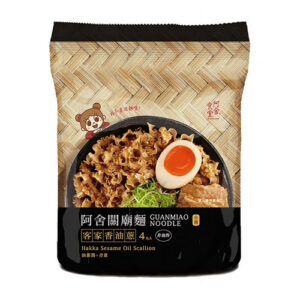
Pros:
- High-quality, chewy noodles.
- Authentic sesame oil and scallion taste.
- No need to boil; just soak in hot water.
Cons:
- May be harder to find in local stores.
- Slightly more expensive than other brands.
- Flavor might be too subtle for some.
#4
(Japan)Nissin Demae Ramen
Nissin Demae Ramen, known as “Demae Iccho” in Japan, is a beloved instant noodle brand introduced in 1968 by Nissin Foods, the same company that pioneered the world’s first instant noodles, Chicken Ramen, in 1958. The name “Demae Iccho” translates to “one meal for take away,” reflecting its convenience and portability. Initially launched in Japan, the brand quickly gained popularity and expanded to international markets, including Hong Kong, where it became a staple in many households.
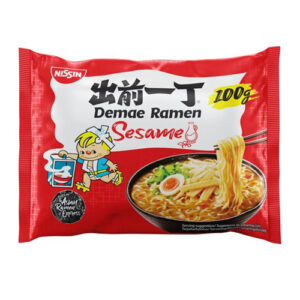
Pros:
- Consistent quality and taste.
- Affordable and widely available.
- Variety of flavors to choose from.
Cons:
- Noodles can be a bit soft.
- Broth may be too salty for some.
- Not as gourmet as some other options.
#5
Ottogi Yeul Ramen (Korea)
Ottogi Yeul Ramen is a popular Korean instant noodle brand produced by Ottogi Corporation, a leading South Korean food processing company established in 1969. The name “Yeul” translates to “hot” or “spicy,” reflecting the noodle’s bold flavor profile. Introduced to cater to spice enthusiasts, Yeul Ramen has garnered a dedicated following for its intense heat and savory broth.
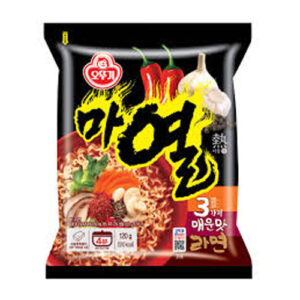
Pros:
- Bold and spicy flavor.
- Thick, chewy noodles.
- Satisfying and filling.
Cons:
- Very spicy; may not be suitable for all.
- High calorie and sodium content.
- Limited availability outside Korea.
Did you know?…
Cultural Bonding
In some households, preparing dry ramen together is a mini bonding ritual. Kids get to choose the toppings, parents show their favorite sauce hacks, and suddenly a simple packet of noodles becomes a shared experience.
Conclusion
Eating broth ramen is more about the interplay between noodles, soup, and toppings, while dry ramen delivers bold, concentrated flavor with every bite.
Essentially, dry ramen is a fast, flavor-packed experience, whereas traditional ramen is cozy, slurpable, and comforting. And both are fantastic, in my opinion!
However, if you are pressed for time, I hope the guide above has helped you explore the awesoe world of dry ramen.

